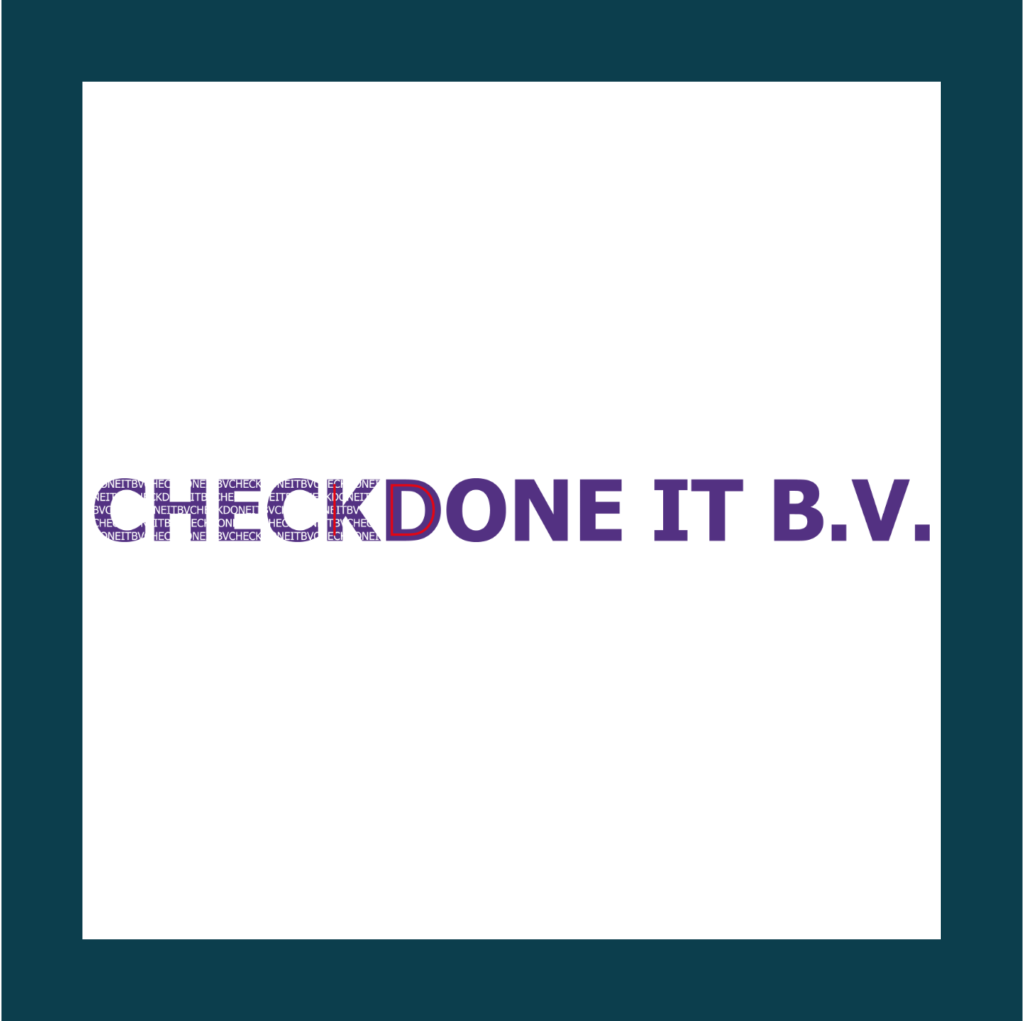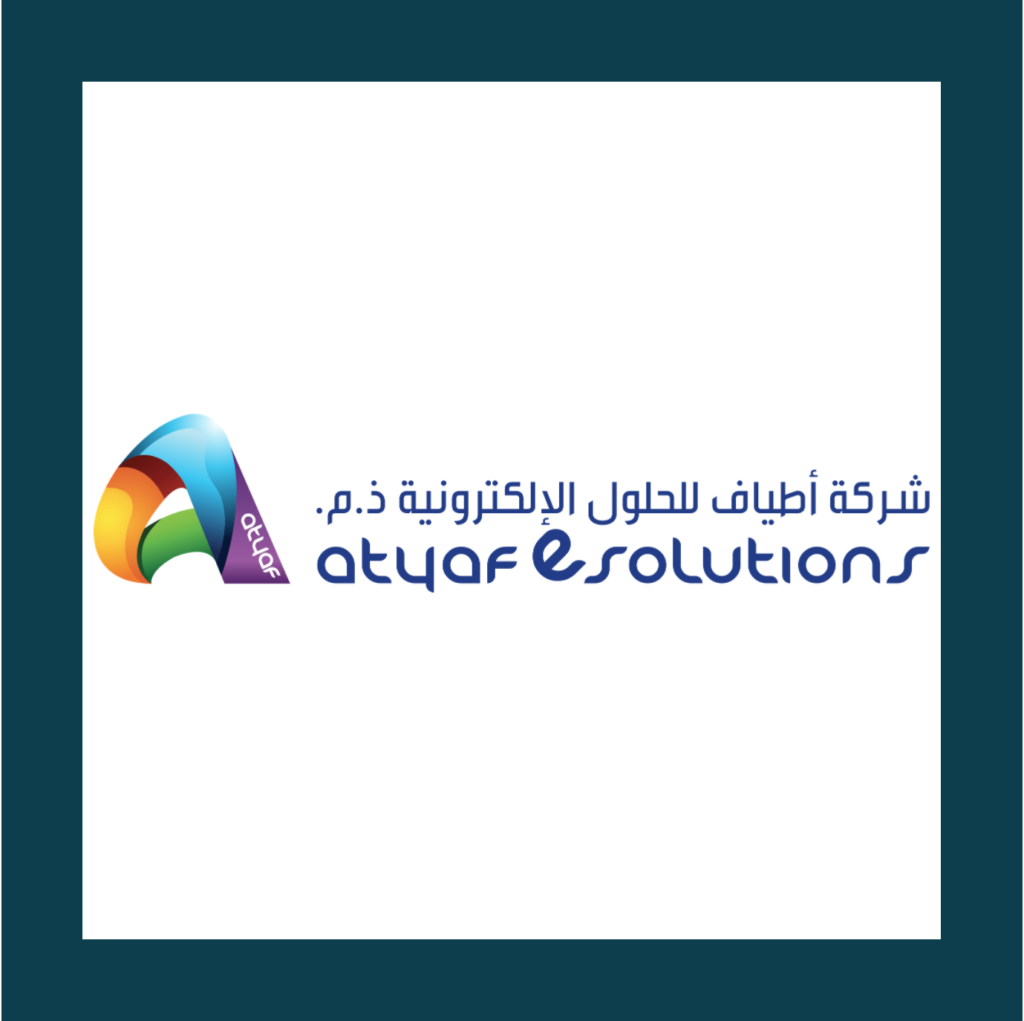Every organisation today claims to be operationally resilient.
But when a cyberattack hits, a critical supplier fails, or an outage brings core services to a standstill, how many can truly say they are?
Operational resilience has become one of the biggest buzzwords in business, a phrase that appears in board papers, risk reports, and regulatory filings. But beneath the jargon lies something far more meaningful. Because resilience isn’t just a policy or a plan; it’s the ability to see, respond, and adapt in real time when things go wrong.
And that’s impossible to achieve with manual processes and periodic checks.
You can’t be operationally resilient in today’s threat landscape when cyber criminals are using AI, automation, and speed to exploit weaknesses faster than ever before.
True resilience means keeping pace, using the same intelligence, automation, and continuous monitoring to stay one step ahead.
Operational Resilience Isn’t Recovery, It’s Adaptation
True operational resilience is more than the ability to recover from disruption. It’s the ability to anticipate, absorb, and adapt to it.
Organisations that are genuinely resilient don’t just respond to incidents; they learn from them. Every disruption becomes a data point, an opportunity to strengthen systems, improve decision making, and build confidence that the next challenge won’t catch them off guard.
This mindset shift is crucial. Resilience isn’t a destination or a project; it’s a continuous state of readiness that must evolve alongside an organisation’s risks, dependencies, and technologies.
Visibility Is the Foundation of Operational Resilience
You can’t manage what you can’t see.
Resilience begins with a clear, connected view of your entire operational landscape. From IT systems and cyber security controls to third parties and critical processes. Yet many organisations still rely on periodic assessments or siloed reporting, leaving blind spots that only become visible when it’s too late.
True resilience demands continuous visibility: understanding not only where vulnerabilities lie, but how they change over time. Without that, resilience plans become static snapshots in a dynamic risk environment.
From Assurance on Paper to Assurance in Practice
Many businesses believe they have assurance because they have policies, audits, and controls in place. But resilience isn’t proven by documentation; it’s proven by evidence.
Continuous assurance means knowing that your controls are not just designed well, they’re actually working as intended, right now. This is where technologies like Continuous Controls Monitoring (CCM) are transforming resilience strategies. By automatically monitoring controls across multiple data sources and frameworks, CCM provides real-time insights into where risk is increasing, which controls are failing, and where remediation is needed.
It’s a shift from reactive reporting to proactive assurance – from waiting for an audit to knowing every day that your organisation is resilient in practice, not just in theory.
Operational Resilience Is Everyone’s Responsibility
Operational resilience can’t sit within one department. It’s not just a compliance, IT, or risk issue, it’s an organisational capability.
Building true resilience requires collaboration across the enterprise: leadership alignment, clear accountability, and a shared understanding of what “critical” really means.
That cultural integration is often the hardest part. Resilience isn’t built in a crisis; it’s built in the everyday decisions that shape how people, processes, and technology operate.
When teams share visibility and data, resilience stops being a vague objective and becomes part of the organisation’s DNA, embedded, measurable, and continuously improved.
Beyond Compliance: Building Resilience That Lasts
Regulations such as DORA, NIS2, and the FCA’s operational resilience framework have accelerated the conversation, but compliance alone doesn’t guarantee resilience.
Ticking the right boxes may satisfy auditors, but it won’t keep services running when the unexpected happens. True operational resilience goes beyond compliance. It’s about creating a living system of assurance, one that continuously monitors, learns, and adapts. Organisations that achieve this move from being reactive to being predictive; from hoping their resilience plans work, to knowing they will.
Resilience Is a Journey, Not a Checkbox
Operational resilience isn’t something you can implement once and forget. It’s a continual process of connecting data, monitoring controls, and learning from every disruption.
When organisations embrace this approach; when visibility becomes continuous, assurance becomes evidence-based, and collaboration becomes cultural; resilience stops being a buzzword. It becomes a competitive advantage.
Because the organisations that can see, understand, and adapt fastest aren’t just the ones that survive disruption. They’re the ones that thrive because of it.
Solutions like Quod Orbis CCM help organisations turn operational resilience from a buzzword into a reality — providing continuous, real-time assurance across systems, controls, and frameworks so that disruptions are not just survived, but confidently managed. To explore our CCM platform click here.



















